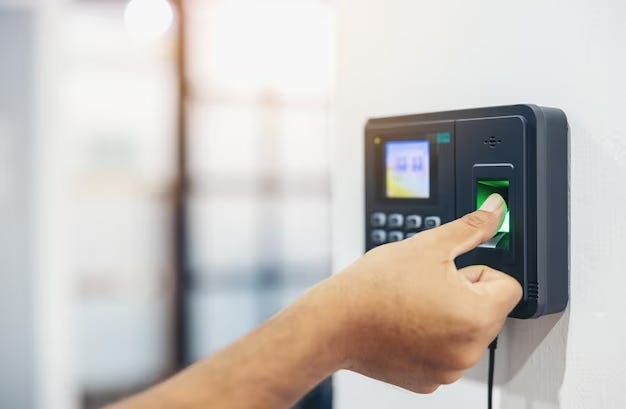What Should You Look for When Installing Access Controls?
 Spotter Security
Spotter Security
This section will introduce the topic of access control systems, emphasizing their importance in security management for businesses and institutions. It will touch on the evolving nature of threats and the corresponding need for sophisticated security solutions to protect physical and digital assets.
Understanding Your Security Needs
Assessment of Risks and Threats: The first step in choosing an access control system is understanding the specific security risks your organization faces. This involves analyzing past security breaches, identifying vulnerable areas, and understanding the types of threats (both internal and external) that could impact your operations.
Integration with Existing Systems: Discuss the importance of choosing access control systems that can seamlessly integrate with existing security and IT systems. This section will explore how integration enhances security protocols and reduces potential gaps.
Key Features of Access Control Systems
Authentication and Authorization Mechanisms: This part will delve into different types of authentication methods (like biometrics, card readers, and PINs) and how they contribute to robust security measures.
Scalability and Flexibility: Explain why the scalability of an access control system is crucial for future growth and adaptation. Include examples of systems that offer modular setups or can be easily upgraded as organizational needs change.
Audit Trails and Reporting: Highlight the importance of access controls that provide comprehensive logging and reporting features. Discuss how these features aid in compliance, investigations, and continuous improvement of security practices.
Installation Considerations
Professional vs. DIY Installation: Discuss the pros and cons of hiring professionals for installation versus doing it in-house. Include factors like cost, expertise, and the complexity of the system.
Physical and Network Security during Installation: Address the security measures that need to be in place during the installation process to protect the new system from tampering or breaches.
Testing and Validation: Stress the necessity of thorough testing and validation post-installation to ensure that all components function as intended and provide the desired level of security.
Maintenance and Ongoing Support
Regular Updates and Upgrades: Discuss the importance of regular software updates and hardware maintenance in keeping the access control system effective against new threats.
Training for Employees: Explain the need for training employees on how to properly use the access control system and recognize potential security breaches.
Vendor Support and Service Agreements: Cover the benefits of having robust support from the system vendor, including 24/7 troubleshooting and regular service checks.
Conclusion
In this section, summarize the key points discussed and reinforce the critical role of choosing the right access control system. Introduce the concept of technological advancements like the "Flipper Zero Bypass", highlighting how such tools can further enhance security measures by providing additional layers of protection and efficiency. Emphasize the need for ongoing evaluation and adaptation of access control systems to meet evolving security demands.
Subscribe to my newsletter
Read articles from Spotter Security directly inside your inbox. Subscribe to the newsletter, and don't miss out.
Written by

Spotter Security
Spotter Security
We install security solutions made by leading brands in the industry including Avigilon, Axis, Brivo, Eagle Eye and Milestone